Indoor Palm Trees
Indoor palm trees are slow-growing and stay smaller when grown in containers, making them ideal house plants.
Most types of palm trees are native to tropical regions and grow best with indirect light and moderate humidity.
Because of their need for moist air, palms were once thought of as difficult to please indoors. However, newer varieties and greenhouse cultivation have made palms even more adaptable to lower light levels and drier air.
Let's take a look at some pictures of indoor palm trees and their care and growing habits...
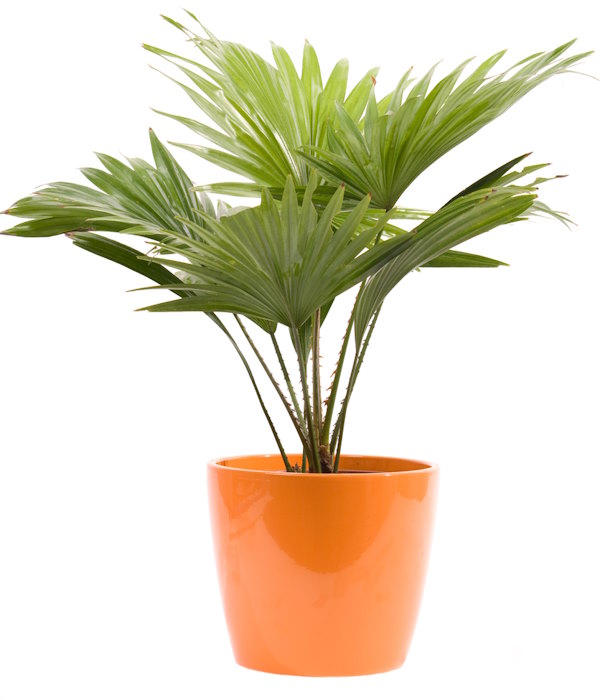 European Fan Palm / Photo istockphoto.com
European Fan Palm / Photo istockphoto.comEuropean Fan Palm
European Fan Palm is one of the easiest indoor palm trees to grow. Native to the Mediterranean region, it adapts well to the warm, dry conditions of most homes.
It's slow-growing and small, reaching only 4 ft indoors. Give it a bit of elbow room, though. Its beautiful, fan-shaped fronds can reach up to 2 ft across.
This is the only palm native to Europe and one of the few that can take direct sunlight. If you have a partially sunny spot for it, this is a spectacular accent tree.
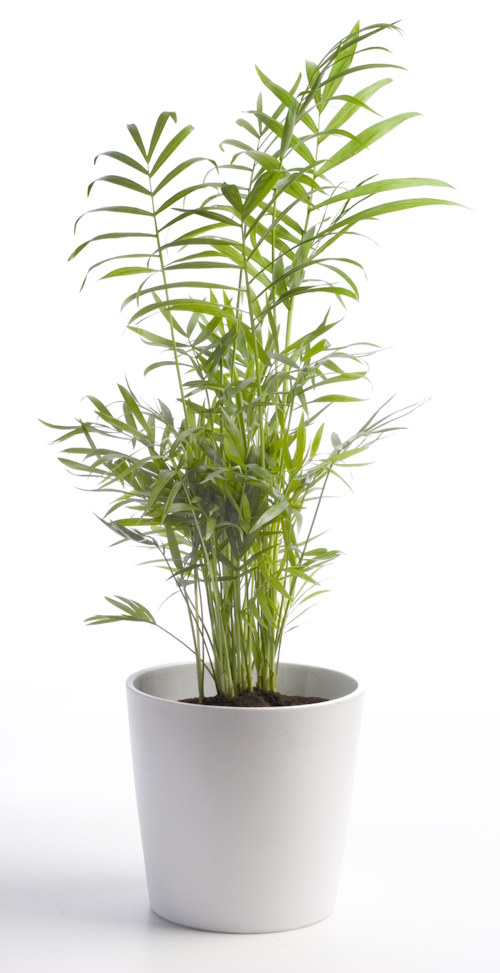 Parlor Palm / Photo istockphoto.com
Parlor Palm / Photo istockphoto.comParlor Palm
One of the most popular indoor palm trees is the Parlor Palm. Its elegant, arching fronds and easy care have long made it a favorite in the home and office.
If you have a shady spot for a plant, this is the palm for you. It thrives beautifully in low light. Give it some of the humidity of its native Central America and you'll keep it healthy. Parlor Palm loves to be misted.
Looking for small palm trees? Neanthe bella is a dwarf palm, reaching only 1-2 ft tall.
Did you know...
The ancient palm family includes as many as 4,000 species. Most originated in Brazil and Tropical Asia.
Although growing palm trees indoors is a fairly new idea, fossils of palms have been found that are 65 million years old.
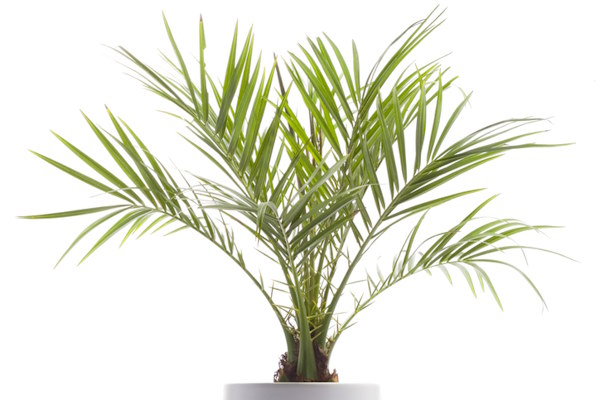 Pygmy Date Palm / Photo istockphoto.com
Pygmy Date Palm / Photo istockphoto.comPygmy Date Palm
Also called Dwarf Date Palm, this Canary Island native will only reach 3-4 ft high. However, its long feathery fronds will eventually sprawl just about as wide as it is tall.
Narrow leaflets on arching fronds give Pygmy Date Palm an airy, elegant look, making this plant a dramatic accent for any brightly lit room.
Water regularly to keep your houseplant lightly moist. Raising the humidity around it will make this tropical indoor palm tree feel right at home.
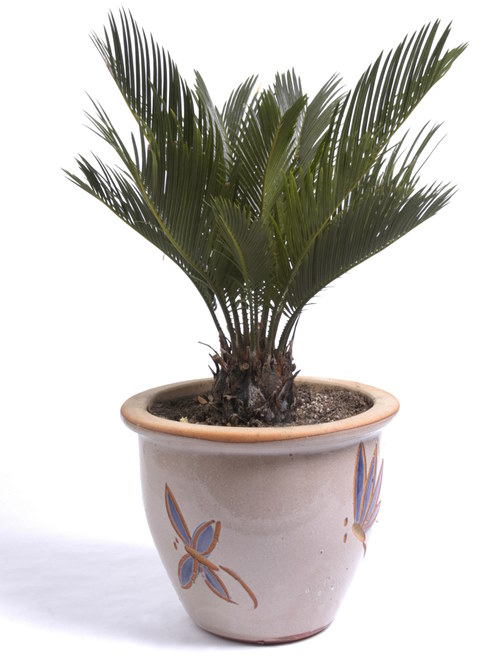 Sago Palm / Photo istockphoto.com
Sago Palm / Photo istockphoto.comSago Palm
Sago Palm isn't really a palm. It's a Cycad, one of the oldest, most primitive plant families, dating back 200 million years.
Because of its growth habits, this plant is more closely related to pines than palms, although it resembles the latter.
Extremely slow-growing, this prehistoric tree takes several years to grow its thick, palm-like trunk and long pinnate leaves. Although not graceful as a true palm, it stands out as a captivating tropical plant.
You can keep Sago Palm small by growing it in a shallow pot. It is also commonly sold as a bonsai.
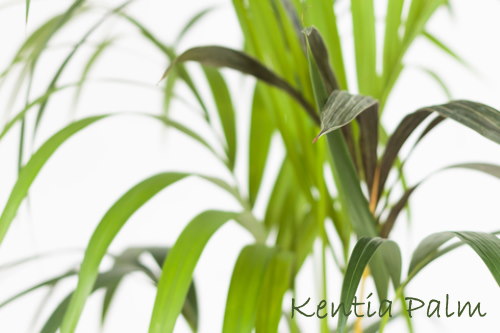
Kentia Palm
Kentia Palm makes a beautiful tropical indoor tree. Each tree grows from a central stalk. At the top of each stalk, graceful, arching fronds spread into a fan. To create a full, lush plant, growers typically plant a few together in one pot.
Kentia palms are easy to please indoors, tolerating lower light levels than many palm house plants.
What's more, it's slow-growing and long-lived, so you'll enjoy this potted palm for many years.
More Indoor Palm Trees to Explore
Looking for more small palm trees? You'll find them here, along with buying tips.
Many more indoor palm trees are worth attention, too. Be sure to consider these beautiful trees:


